Tomb of William of Orange
The mausoleum of William of Orange is perhaps the Nieuwe Kerk's biggest crowd puller. The artwork contains a lot of fascinating symbolism and shows great respect for the 'Father of the Fatherland'.
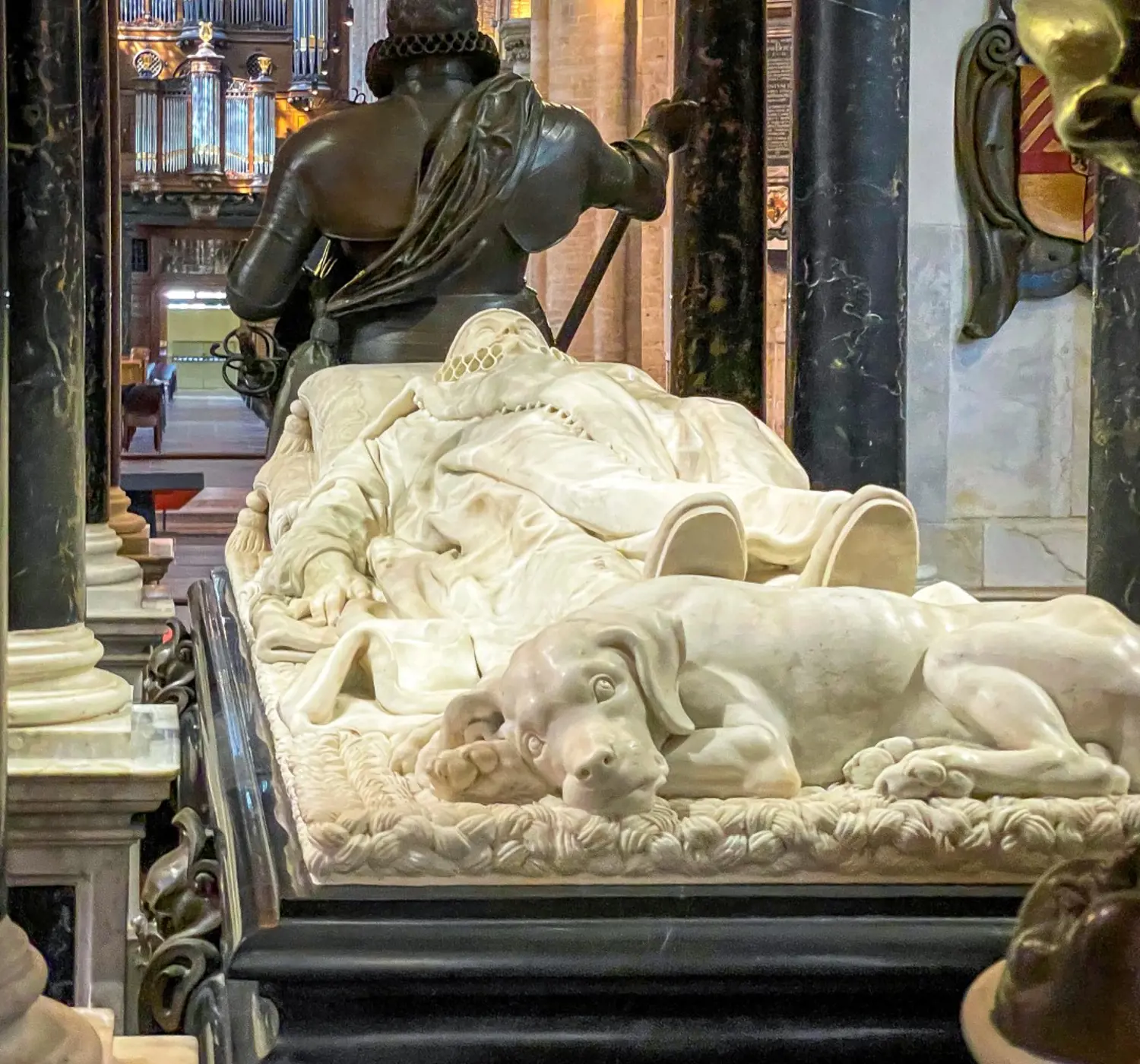
Temporary
After the assassination attempt by Balthasar Gerards, William of Orange was interred in a cellar in the Nieuwe Kerk on 3 August 1584. At first, the (temporary) tomb consisted only of a canopy with an empty coffin underneath.
Grave art
Years later, during the Twelve Year Truce, the famous sculptor Hendrick de Keyser only began work on the current mausoleum, which would become his masterpiece. However, de Keyser died two years too soon, and his son Pieter finished the work in 1623. The monument is still considered the finest example of funerary art of the time.
850 pieces
In 1996, the tomb needed major restoration. Salts had corroded the marble. During the restoration, the components of the mausoleum were taken apart into 850 pieces. One by one, the elements were cleaned and reassembled. As a result, the monument can again last for years as a public attraction.

A family portrait at the grave monument
A family group at the tomb of Prince William I in the Nieuwe Kerk in Delft, Dirck van Delen, 1645
From its completion in 1621, the tomb to William of Orange has been a much-visited landmark. Some even had themselves immortalised by a painter at the monument as a token of connection with the 'Father of the Fatherland'. So did this family: father, mother and two sons, all dressed in subdued, distinguished black.
Discover more about the House of Orange
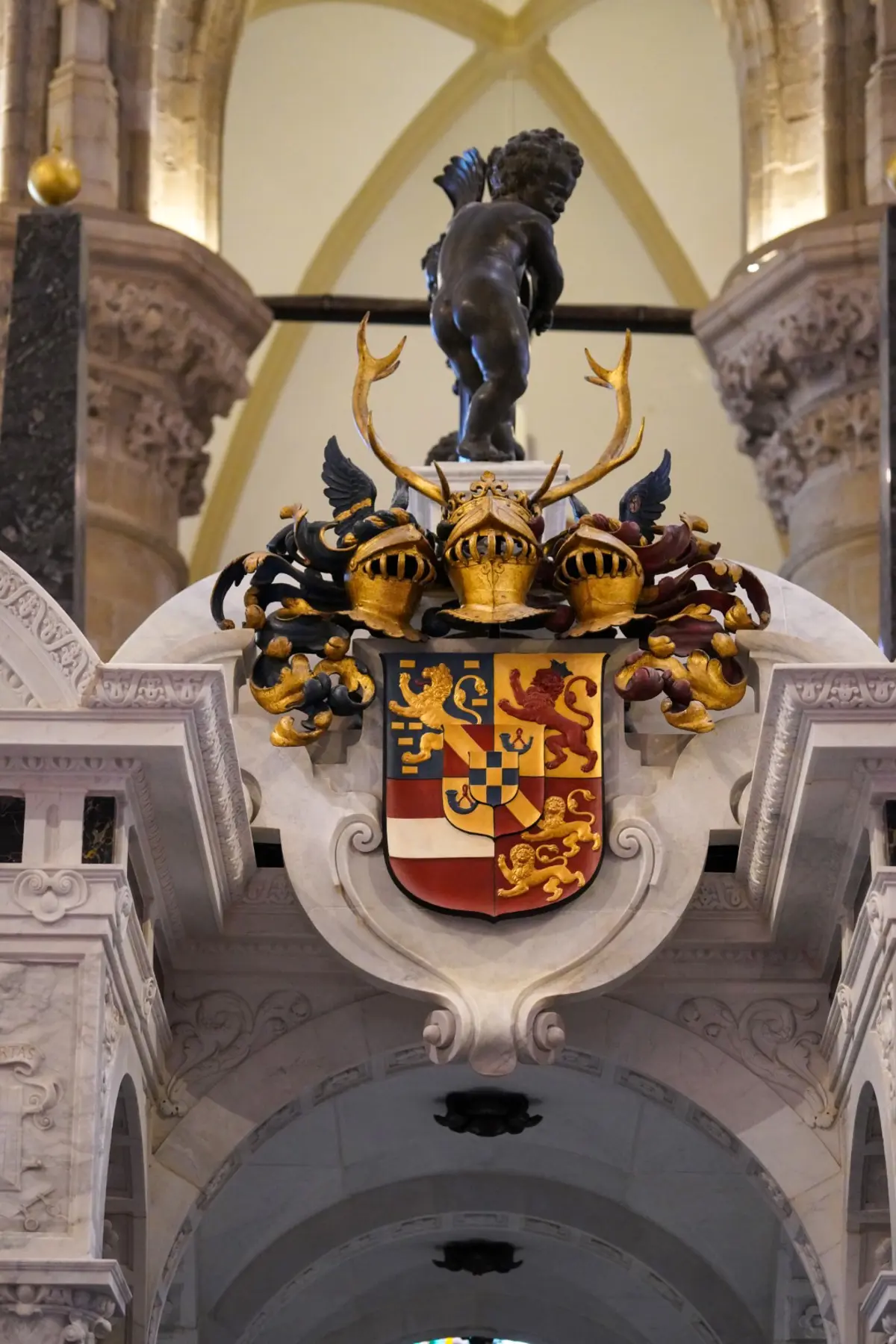
Royal house
Delft en het Nederlandse Koninklijk Huis zijn onlosmakelijk met elkaar verbonden. Sinds Willem van Oranje worden bijna alle leden daarvan bijgezet in de koninklijke grafkelders in de Nieuwe Kerk. In 2002 en 2004 nog, vonden drie leden van de Koninklijke Familie hier hun laatste rustplaats.
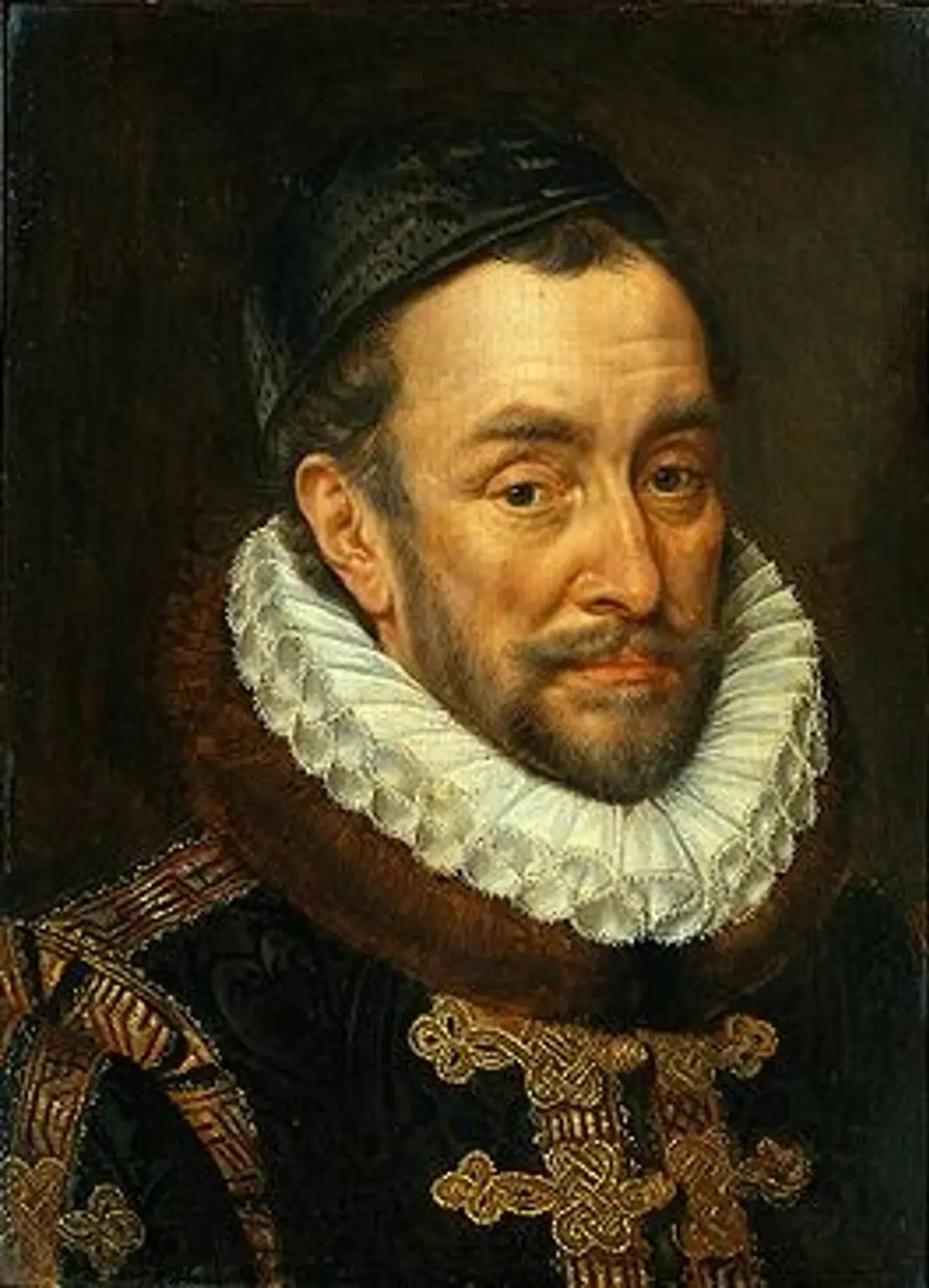
William of Orange
William of Orange; the 'Father of the Fatherland'. That his name was associated with Delft and the Nieuwe Kerk is purely coincidental. After his sudden death in the Prinsenhof in Delft, his family tomb in Breda was inaccessible....

Tomb of William of Orange
The mausoleum of William of Orange is perhaps the Nieuwe Kerk's biggest crowd puller. The artwork contains a lot of fascinating symbolism and shows great respect for the 'Father of the Fatherland'.
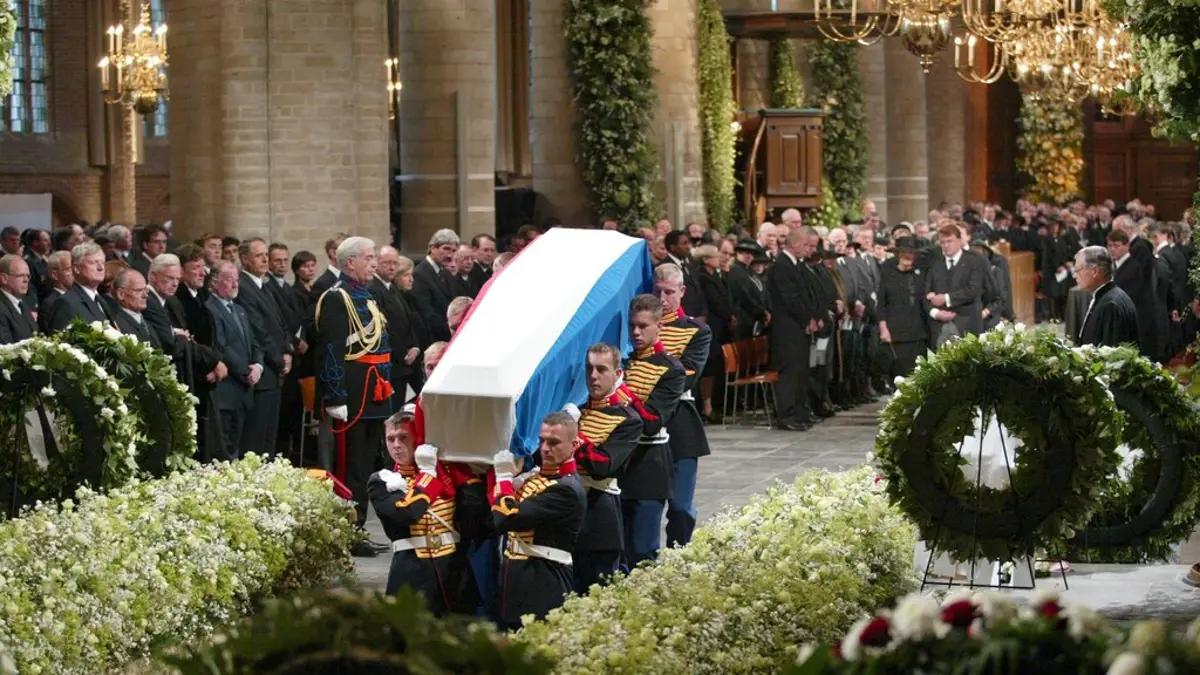
Interments of the Oranges
Since William of Orange, the founding father of the Van Oranje-Nassau family, almost all deceased members of the Dutch royal family have been interred in the royal tombs of the Nieuwe Kerk.
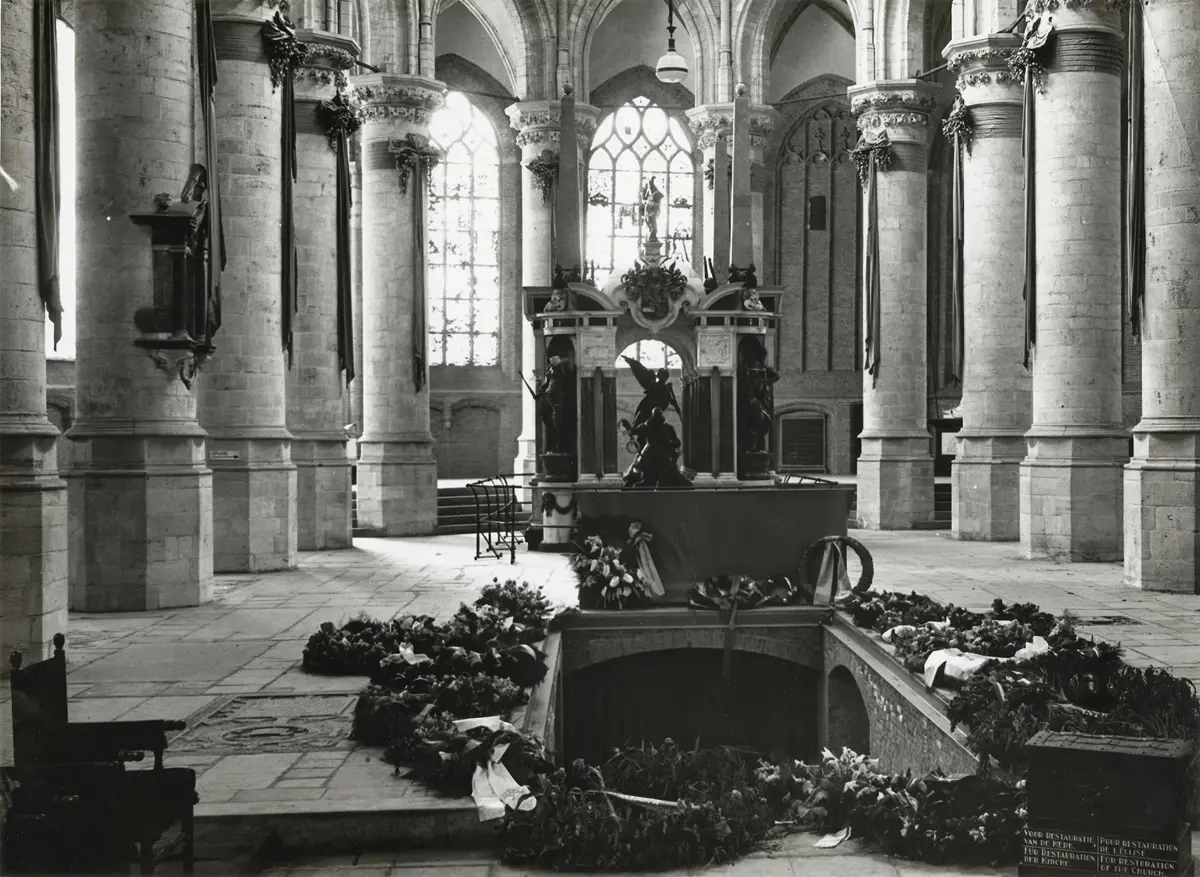
Royal tombs
Since William of Orange, almost all members of the Dutch royal family have been buried in the Nieuwe Kerk in Delft. The tombs are not open to the public. What exactly they look like is still, therefore, generally unknown.

Recent burials
As recently as 2002 and 2004, successively Prince Claus, Queen Juliana and Prince Bernhard found their final resting place in Delft's Nieuwe Kerk.
